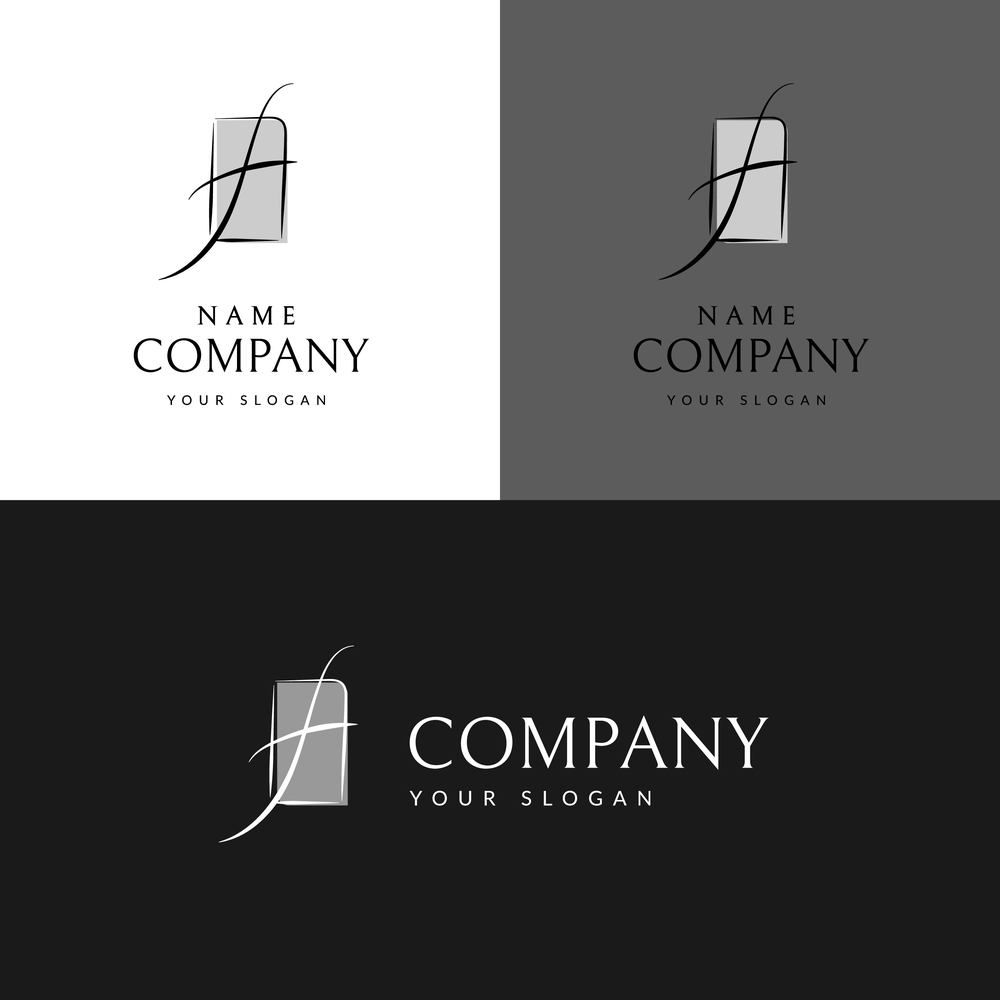

Trademark Use -- Always an Issue
Use of a trademark in a form differing from the one registered… always an issue and a trap for trademark owners to be aware of. But a new Common Practice just adopted in May 2020 by the European Union Intellectual Property Office (EUIPO) promises more guidance.

(Source: shutterstock.com, no. 1642037911)
Example: If only the logo on the top left was a registered trademark, were the other logos use of the same mark?
1. Necessity to prove genuine trademark use
If you are the owner of a trademark in the European Union, either at the EUIPO or in one of the member states, you must have started genuinely using your trademark for the registered goods and services by the end of the fifth year after registration. Otherwise, your trademark becomes vulnerable to non-use cancellation actions. The same applies to every other continuous period of five years during which you have not used your trademark genuinely.
Should it become necessary to prove genuine use of your trademark, you have to show how, when, where and to which extent you have used your registered trademark over the past five years. When putting together relevant proof, it is important to first examine the available evidence as to whether or not the sign used as a trademark on the evidence is the registered trademark. Often, word marks are not used by themselves, but with additional word or figurative elements. Figurative marks are not used as registered but in slightly different colors or with the word and device parts arranged differently than registered or by omitting part of the registered mark. The variations are numerous, but the question always remains the same: Is the specific kind of use of a mark in a form differing from the one registered still considered use of the registered trademark or is the distinctive character of the mark altered significantly?
If the answer is yes, you may go on to compile further proof of genuine use of your mark. If the answer is no, you will not be able to enforce your trademark rights and you might even lose them. Considering that a registered trademark can have a great economical value and can contribute up to about 80 % (depending on your industry; the average over different industries is about 46 %) to the overall value of your company, losing your registration can be a disaster. Thus, it is VERY important to regularly check the specific uses of your trademark as to whether or not it is still use of the registered trademark.
Over the past years, case law on the question if use of a trademark in a form differing from the one registered is still considered use of the registered form has become endless and decisions are often unpredictable. Now, more reliable guidance is on the horizon!
2. New CP8 Common Practice
On 28 May 2020, the EUIPO announced that its Management Board and Budget Committee had adopted a new Common Practice (CP8) on this issue. It should bring more harmonization to how the trademark offices across the EU will handle the assessment of use of a trademark in a form differing from the one registered.
The Common Practice was adopted after about two years of discussions and consultation involving trademark offices, user associations, experts and other stakeholders. It is not binding, but the trademark offices of the EU Member States can – and most likely will – implement a corresponding procedure on a voluntary basis to increase transparency, legal certainty, consistency and predictability on use of a trademark.
The final version of the CP8 Common Practice has not yet been published, but according to the EUIPO’s press release of 28 May 2020, “it will establish general principles to assess when the use of a trademark in a form differing from the one registered alters its distinctive character. More specifically, the document assesses the impact of additions, omissions, modifications of characteristics, and combinations of these changes, on the distinctive character of registered word marks, purely figurative marks and composite marks.”
Hopefully, the Common Practice will deliver what its draft promised. Once the final version is available at the EUIPO’s homepage, check back here for the specific link.
In the meantime, if you have you any doubts whether or not use of your mark will be considered use of your registered trademark, do not hesitate to contact us by phone or email email to
for more information and a preliminary assessment.
Related
- 1 December 2017: Madrid Monitor takes its place as the one and only tool for tracking international trademarks
- 1 January 2020 - Changes in Classifications - Trademarks, Designs, Patents and Utility Models
- 100th Anniversary of Bavaria (Germany) - A glance at trademarks, start-ups, innovation & events
- 10th Anniversary Edition - 10 Things to Know about LexDellmeier - Past, Present & Future
- 15 Years LexDellmeier - 2024 New Year Wishes
- 2024 World IP Day - Building Our Common Future with Innovation and Creativity
- A guide for influencers, Part 1: Protecting your own intellectual property
- A guide for influencers, Part 2: Minding the intellectual property of others
- A new legal EU framework regulating Artificial Intelligence
- All these small Gimmicks – Trademark Infringement?
